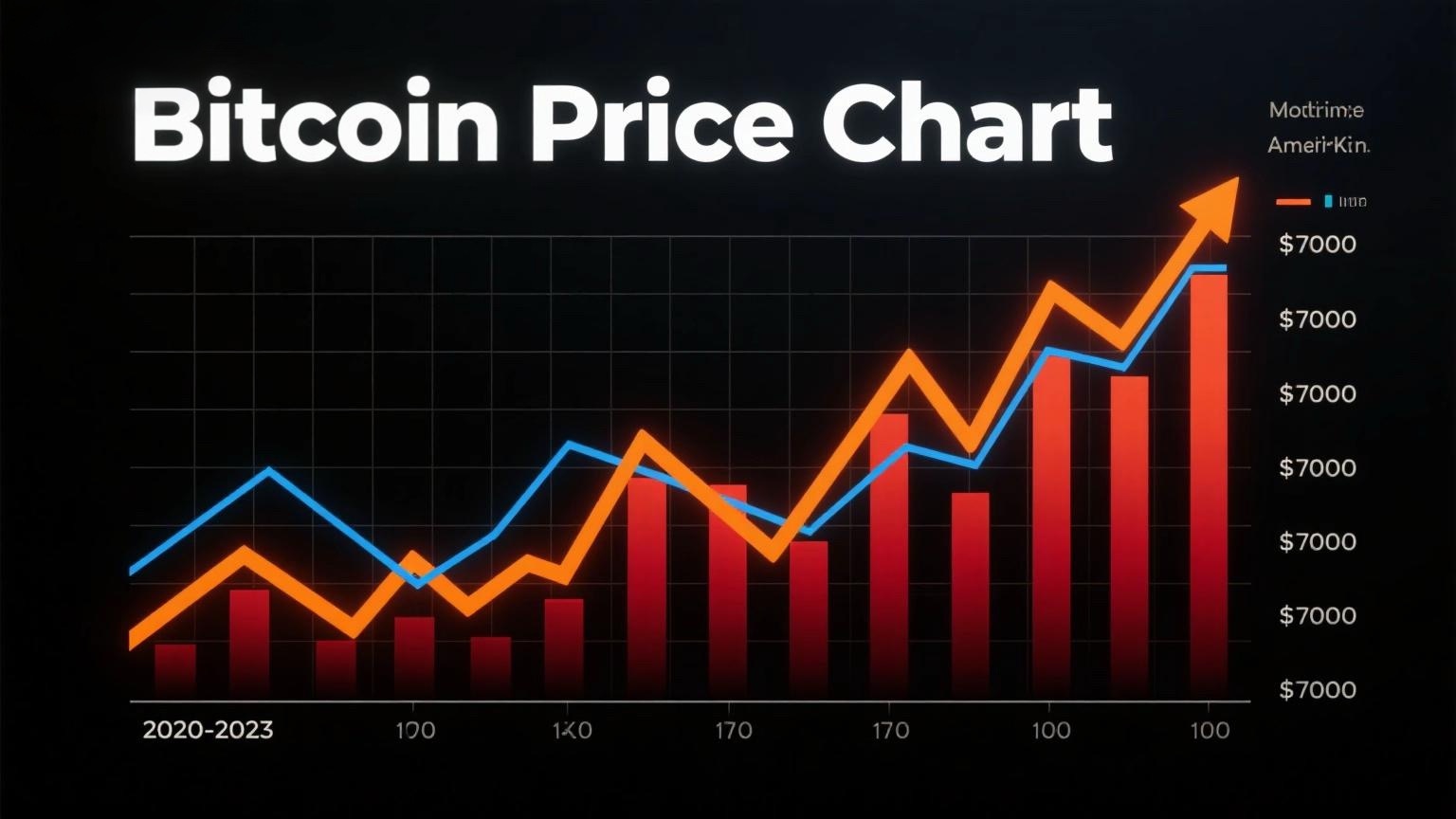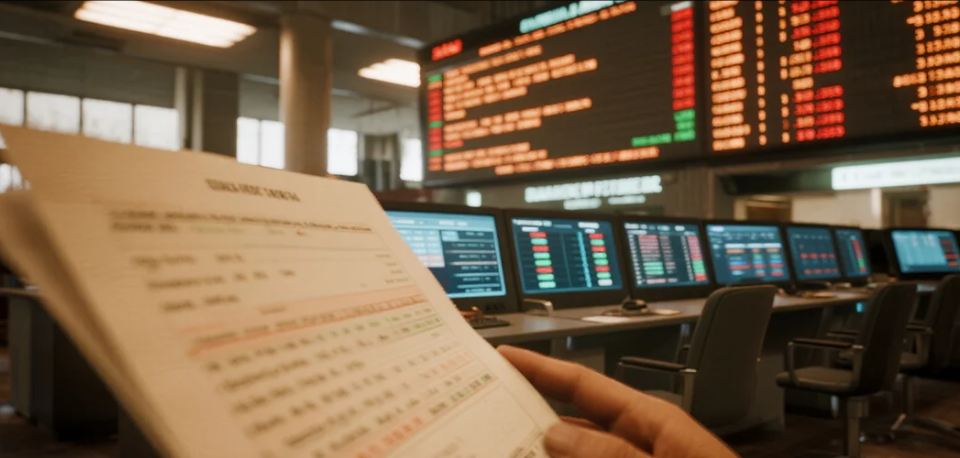
In 2008, the global financial crisis erupted. That same year, Satoshi Nakamoto published a paper titled Bitcoin: A Peer-to-Peer Electronic Cash System in the mailing list of the "metzdowd.com (Cypherpunk)" website, known as the "Bitcoin Whitepaper," marking the birth of Bitcoin.
On January 3, 2009, the first Bitcoin block, the "Genesis Block," was mined, signifying the launch of the Bitcoin network and the beginning of the cryptocurrency and blockchain movement. It’s worth noting that Bitcoin did not circulate in trading markets for the first two years but was exchanged as gifts or rewards among programmers.
(1) Bitcoin’s Price Volatility Over the Decade
The first recorded Bitcoin transaction occurred in May 2010 when a programmer exchanged 10,000 BTC for two pizzas worth $25, an event famously known as the "Bitcoin Pizza Day." At the time, Bitcoin’s price was calculated to be $0.0025.
From $0.0025 to $60,000, how did Bitcoin reach its current position, and where is it headed? Let’s take this opportunity to review Bitcoin’s price trends over the years, analyze the reasons behind its rises and falls, and identify patterns to help predict its future trajectory.
-
Bitcoin’s First Major Surge
After 10,000 BTC were used to buy two pizzas, Bitcoin’s price began to rise. Data shows that by July 18, 2010, Bitcoin’s price had reached $0.06, a 23-fold increase from $0.0025.
The rising price of Bitcoin led to the emergence of numerous exchanges, with Mt. Gox being the largest at the time. By November 2010, Bitcoin’s price had surged to $0.5, nearly a 200-fold increase from the pizza price.
From April to June 2011, Bitcoin’s price skyrocketed from $0.68 to around $30 in just two months. Mainstream media outlets like Time and Forbes began covering Bitcoin.
However, the good times didn’t last. Mt. Gox suffered a hacking incident, and due to shallow market depth, a few sell orders caused prices to collapse. From June to November 2011, Bitcoin’s price plummeted from $32 to $2, a 94% drop. While this volatility deterred some, it also made believers recognize Bitcoin’s potential and strengthened their resolve to invest.
-
Bitcoin’s Second Major Surge
After over a year of dormancy, Bitcoin broke through $30 again in February 2013. The year 2013 was pivotal in Bitcoin’s history as its "safe-haven asset" attribute was discovered, ushering in its second bull run.
In 2013, Cyprus faced a severe debt crisis. To address it, the Cypriot government decided to sacrifice uninsured depositors’ interests to secure bailout funds, freezing deposits over €100,000 to resolve debt issues.
The government’s mishandling caused widespread panic and distrust in banks. Some Cypriots turned to Bitcoin, which was independent of sovereign currencies and in an upward cycle. Bitcoin’s "decentralized" and "fixed supply" properties made it an appealing alternative, leading to a buying frenzy. From March 1 to April 9, Bitcoin’s price surged from $33 to a staggering $235. Unfortunately, this price didn’t hold, and Bitcoin soon retreated to around $80.
Nonetheless, this event introduced Bitcoin to more users. By late 2013, Bitcoin experienced another massive rally, soaring from $106 to $1,177—the first time Bitcoin’s price surpassed an ounce of gold. Bitcoin had entered a new chapter.
However, after Mt. Gox announced bankruptcy due to stolen Bitcoin and regulatory crackdowns, panic spread, leading to a prolonged bear market. From 2013 to 2015, Bitcoin’s price dropped by up to 90%.
-
Bitcoin’s Third Major Surge
Time heals all wounds. After two years of adjustment, Bitcoin’s market gradually recovered. In 2016, Bitcoin underwent its second halving, and with Ethereum’s rise, blockchain regained attention. Investor numbers grew significantly, and Bitcoin entered its third bull run.
Despite events like Bitcoin’s first fork and the "9/4" crash, investor enthusiasm remained high. Starting in November 2017, Bitcoin surged to nearly $20,000, a 24-fold increase from $789 at the year’s start. Bitcoin entered the trillion-dollar market cap club, attracting mainstream financial and media attention.
However, due to insufficient fundamental support—such as blockchain applications remaining in early stages and limited investment tools—Bitcoin turned bearish, entering a two-year downtrend and bottoming at $3,000, an 83% drop from its peak.
-
Bitcoin’s Fourth Major Surge
In 2019, markets rebounded, and Bitcoin gained recognition among institutions and the public. By 2020, the COVID-19 pandemic swept the globe, causing economic uncertainty, stock market crashes, and weak economies. Central banks, led by the U.S. and Europe, adopted loose monetary policies to stimulate growth. Fearing inflation and a weakening dollar, investors turned to Bitcoin as an inflation hedge.
Unlike previous cycles, this bull run was driven not by retail investors but by institutions. After Grayscale Bitcoin Trust began aggressively buying, Bitcoin’s price climbed steadily. With more listed companies entering and improved investment tools, Bitcoin easily surpassed its 2017 peak, reaching around $60,000. Though currently consolidating, most investors believe the bull market will continue.
(2) Characteristics of Bitcoin’s Decade-Long Price Trend
The development of new things is always曲折 but unstoppable. In just 12 years, Bitcoin has gone from skepticism to recognition, hope, disappointment, and renewed faith—each cycle making it stronger. This is reflected in its ever-higher price peaks and growing market cap.
Analyzing Bitcoin’s historical price trends reveals the following patterns:
-
Bitcoin is a Long-Term Investment
Over extended timeframes, Bitcoin’s price has consistently trended upward. It has experienced four major surges:-
First peak: $31.90 (6,280% increase from $0.50).
-
Second peak: $1,177.19 (3,590% increase from $31.90).
-
Third peak: $19,764.51 (1,579% increase from $1,177.19).
-
Fourth peak (ongoing): $64,846.90 (228% increase from $19,764.51).
-
Despite volatility, long-term holders have profited. Bitcoin’s resilience and continuous price discovery demonstrate its enduring value.
-
Bitcoin Outperforms Traditional Assets
Compared to traditional investments like the S&P 500, Dow Jones, gold, silver, or oil, Bitcoin’s returns are unparalleled. From early 2021 to mid-March, oil fell 10%, gold and silver rose 44% and 72%, respectively, while Bitcoin surged 754%.
Amid global uncertainty, Bitcoin’s unique value proposition has solidified its position as a high-return asset, with its all-time high of $64,846.9 redefining its investment appeal.
(3) Lessons from Bitcoin’s Decade-Long Price Trend
History provides valuable lessons. Bitcoin’s past cycles and price movements offer insights for future decision-making:
Lesson 1: Over long periods, Bitcoin’s price rises despite short-term volatility. Savvy investors hold for the long term.
Lesson 2: After sharp rallies, Bitcoin faces correction risks. Investors should manage risk based on historical cycles.
Lesson 3: Buying at peaks isn’t catastrophic. Patience ensures eventual new highs.
This bull run differs because institutional players—not retail—are driving adoption. Over 33 institutions hold Bitcoin, including 17 public companies, 4 private firms, and 12 funds. Giants like Microsoft, PayPal, Overstock, and Mastercard now accept Bitcoin, signaling growing mainstream acceptance.
Investing in Bitcoin may be a wise choice!
Bitcoin’s journey reflects progress amid challenges. The crypto space has matured, with compliant environments, better tools, and institutional participation. While history rhymes, it doesn’t repeat—proper strategy can yield returns far beyond traditional markets.
We have every reason to believe Bitcoin’s next decade will be even more remarkable!
















